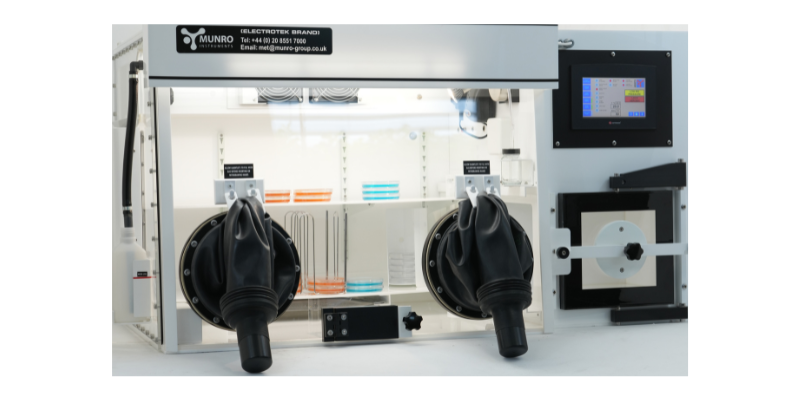The field of microbiology often demands specialized equipment, especially when dealing with bacteria that cannot survive in the presence of oxygen. Anaerobic chambers provide a controlled environment for cultivating and experimenting with these bacteria. If you’re in the market for an anaerobic chamber, understanding its structure, functions, and applications is essential for making an informed choice.
What is an Anaerobic Chamber?
An anaerobic chamber, also known as an anaerobic workstation or glovebox, is a sealed, oxygen-free environment designed for cultivating anaerobic bacteria. These chambers simulate an anoxic (oxygen-free) atmosphere, allowing researchers to study bacteria that thrive in such conditions.
Why Use an Anaerobic Chamber for Bacteria?
Anaerobic bacteria, like Clostridium and Bacteroides, cannot survive in oxygenated environments. An anaerobic chamber ensures a consistent oxygen-free setting, crucial for observing and growing these bacteria without contamination or environmental interference.
Types of Anaerobic Chambers
Anaerobic chambers come in various forms. Here’s a quick overview:
- Portable Chambers: Lightweight, smaller chambers for temporary needs.
- Stationary Chambers: Large, permanent setups for extensive research.
- Glovebox Chambers: Users handle samples through gloves attached to the chamber to maintain an oxygen-free environment.
- Compartment Chambers: Multiple compartments, enabling separate atmospheres within a single system.
Components of an Anaerobic Chamber
- Sealed Enclosure: Prevents air from entering and disrupting the anaerobic environment.
- Gas Control System: Manages the inflow of gases like nitrogen, hydrogen, and carbon dioxide.
- Atmosphere Monitoring: Continuously checks oxygen and hydrogen levels to ensure stability.
How Anaerobic Chambers Work
Anaerobic chambers work by replacing atmospheric oxygen with gases like nitrogen or carbon dioxide. An oxygen-free atmosphere is created using gas scrubbers or catalytic systems that remove trace oxygen. The controlled environment allows researchers to handle samples without risking contamination.
Applications of Anaerobic Chambers
Anaerobic chambers are used widely in:
- Research Labs: For microbiological studies on anaerobic bacteria.
- Clinical Microbiology: Growing pathogens that are sensitive to oxygen.
- Food Industry: Testing food spoilage under anoxic conditions.
Key Factors to Consider When Purchasing an Anaerobic Chamber
When choosing an anaerobic chamber, consider:
- Size and Capacity: Depends on the volume of work and available lab space.
- Material and Durability: Look for corrosion-resistant materials.
- Gas Purity and Control: High purity gases ensure stable anaerobic conditions.
- Monitoring and Alarms: Necessary for constant tracking of the anaerobic environment.
How to Maintain an Anaerobic Chamber
Maintaining an anaerobic chamber involves regular cleaning and monitoring the gas supply to prevent contamination and ensure accuracy in research.
Benefits of Investing in a Quality Anaerobic Chamber
A high-quality anaerobic chamber minimizes contamination risk, maintains a stable environment, and often includes advanced monitoring systems, improving research accuracy.
Munro Anaerobic chambers
Munro markets a variety of professional models of Anaerobic chambers for various industries. Contact us









